The jewellery industry has a long history of being male-dominated. However, as the world continues to change, so too does the face of the industry. As this becomes commonplace in our increasingly globalised world, how can the industry adapt to new people, cultures and perspectives?
While diversity is a topic that has been discussed in the jewellery industry and beyond for years, only recently has there been a sustained effort to change the way we address it in business.
So, what is diversity? Simply put, diversity is a measurement of the presence of different groups representing various socioeconomic, ethnic and racial backgrounds within a particular population. It is enhanced through equal employment opportunities and treatment for all staff, which requires careful planning, attention and a sustained effort.
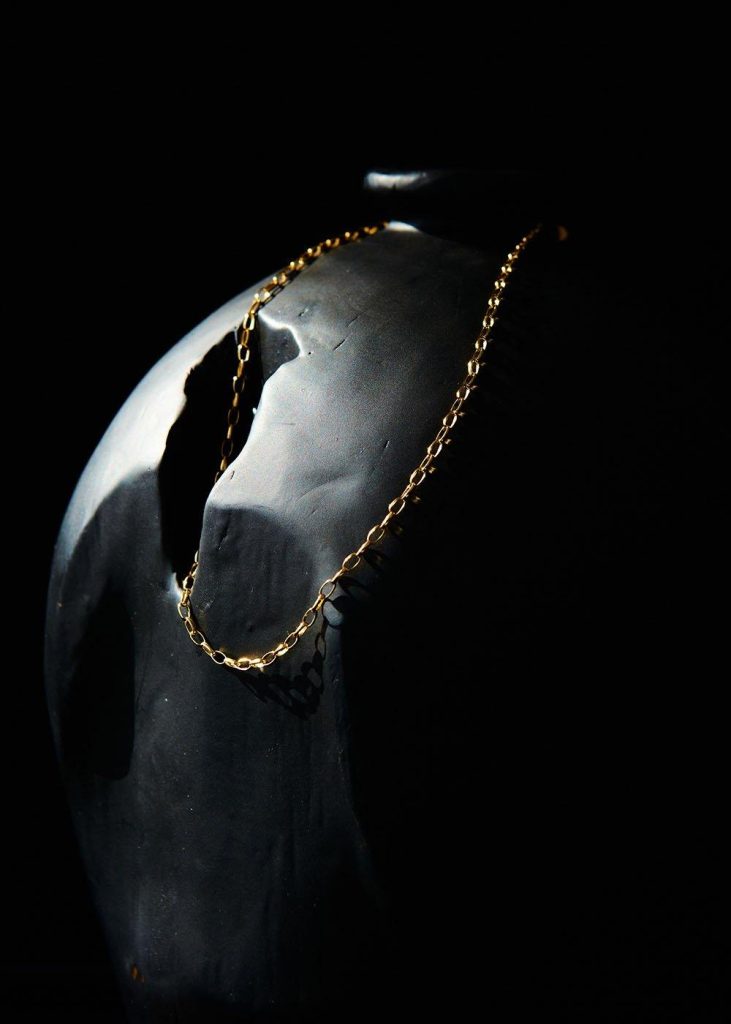
1/7 Cong Yu, Genderless Collection, Sidney Necklace
In recent times, the jewellery industry has benefited greatly from the inclusion of new designers, materials, techniques and cultural influences. This month, we will outline the common challenges and unique opportunities that diversity in your business, marketing communications, and audience can contribute to benefit the industry. As the industry and its consumers become increasingly diversified, businesses must carefully consider those who come from different backgrounds or marginalised groups, and push for genuine representation.
Why is diversity important?
Investing in diversity can help an organisation become more successful as people from varying backgrounds bring an invaluable mix of skills, knowledge, experience and perspectives.
Additionally, representation helps consumers to feel included in the brands they purchase. According to Adobe’s recent diversity and representation study, 56 percent of people surveyed say that lack of diversity would impact their perception of a brand, while a staggering 21 percent said they would boycott a brand that did not have any diverse representation.
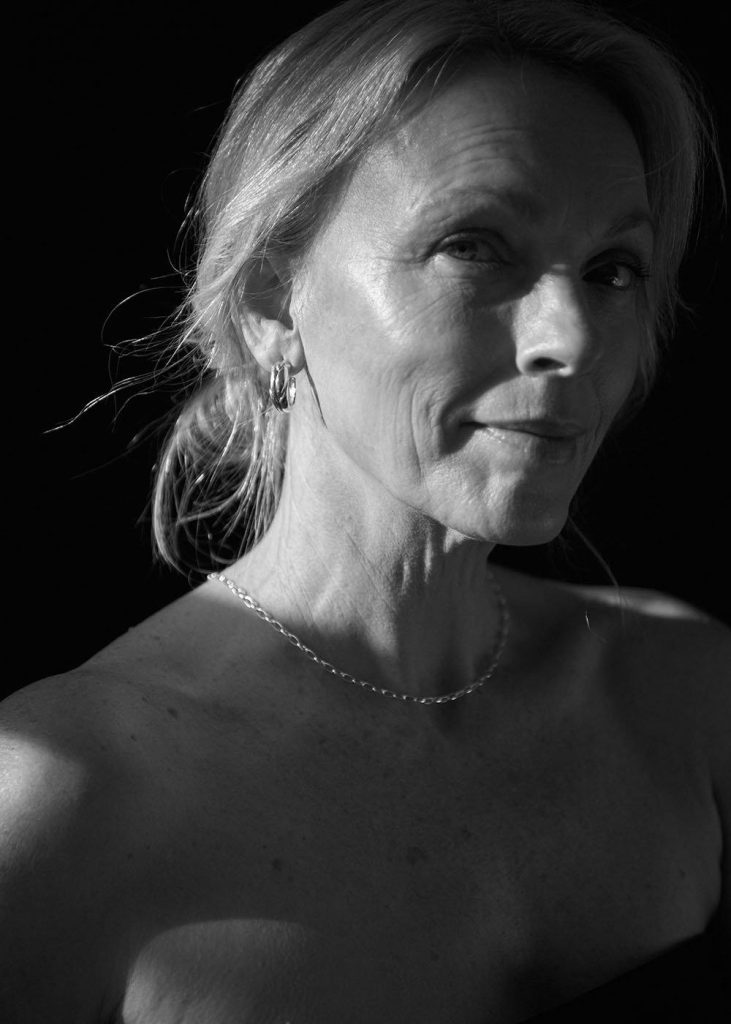
2/7 Cong Yu, Genderless Collection, Sidney Necklace
As the market changes, so too are consumer preferences. With the rise of social media, many consumers are looking for ways to express their individuality through their jewellery purchases, and they expect that businesses understand this.
A 2021 study by Deloitte found that high-growth brands (with annual revenue growth of 10 percent or more) more frequently establish key performance metrics for diversity, equity, and inclusion (DEI) objectives than their lower-growth competitors. This demonstrates the significant benefits of supporting inclusivity, both inside your business and with the messages you communicate to your audience.
Diversity is an important part of business, says proud Yawuru man and designer behind Forever Young Jewellery, Allister Young. Young says it allows him to showcase and celebrate his cultural heritage and “educate consumers through [his] designs.” His customers appreciate learning about his Aboriginal heritage and hands-on process and are able to use their Forever Young pieces as conversation starters.
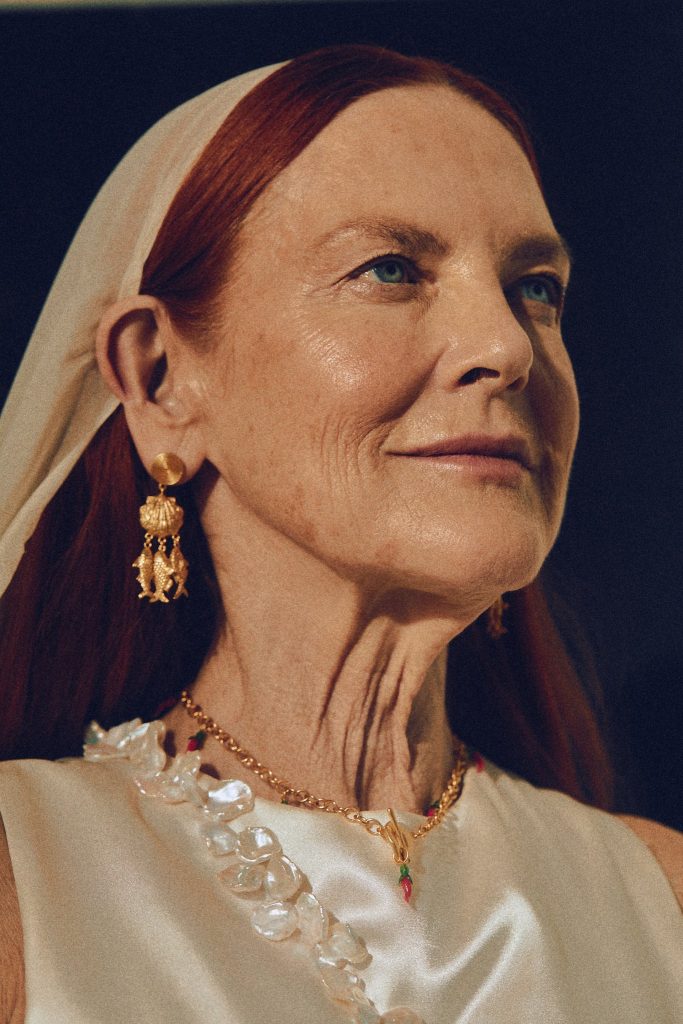
3/7 Cleopatras Bling, Bahamut Earrings, Verlaine Pinky Ring with Enamel, Thalna Necklace, Laconia Necklace with Pearl
One significant benefit to ensuring diverse representation is the opportunity to open your business to a larger market. Olivia Cummings has found this in the case of her brand, Cleopatra’s Bling, whereby championing diversity and inclusion, has opened the brand to a wider masculine audience. The positive reception to this shows men are becoming more confident in purchasing and wearing jewellery and should be considered more by labels hoping to grow.
In order for smaller businesses to succeed against their competitors, they must do everything possible to attract customers. This often means hiring employees who reflect their diverse customer base and market needs, and understanding how to communicate with and connect with a range of audiences.
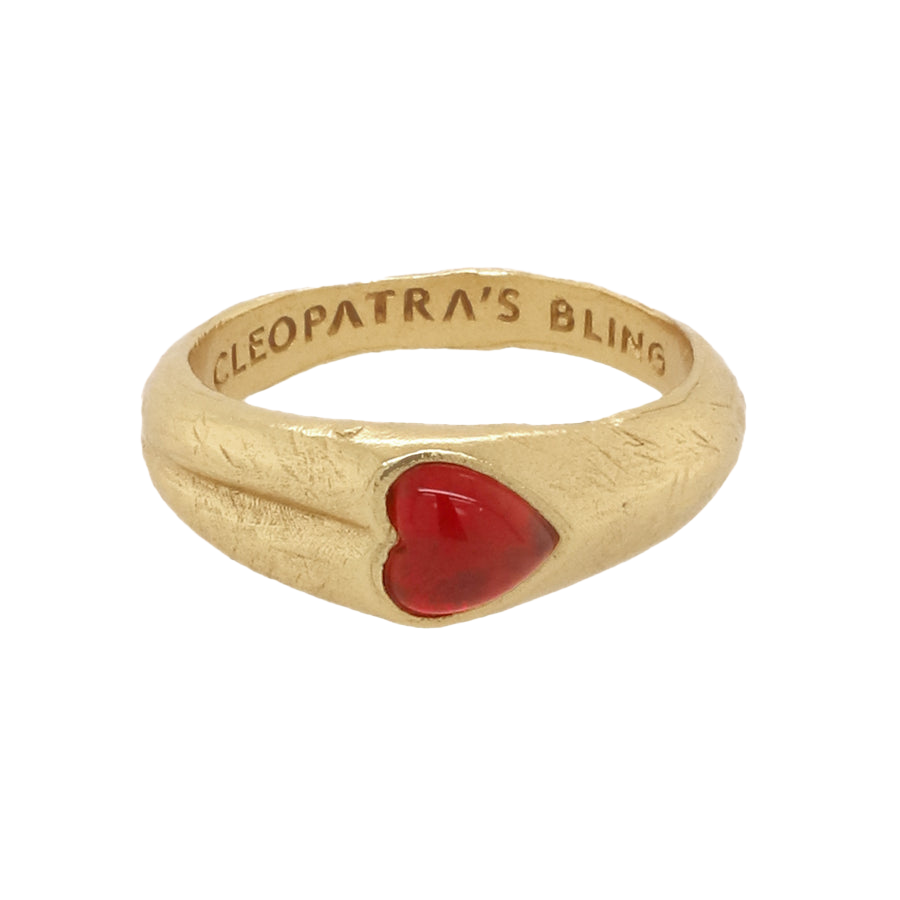
4/7 Cleopatras Bling, Bahamut Earrings, Verlaine Pinky Ring with Enamel, Thalna Necklace, Laconia Necklace with Pearl
What are the barriers to access in the industry?
Unfortunately, many people are at a disadvantage when they enter the jewellery industry, due to no fault of their own.They may have a disability, be a carer, or face social and economic barriers due to their gender, age, race, background, location or sexuality. Further systemic obstacles make it difficult for new designers to enter the industry, such as the cost of raw materials, prohibitive credit criteria, or a lack of industry connections and relationships.
Young notes that one significant barrier to starting out in the industry was the lack of Registered Training Organisations (RTO’s) in the Northern Territory and further opportunities in remote communities for young people to get involved in. As jewellery manufacturing was not a government-listed trade and there was no RTO recognised by the NT Apprenticeship Board, Young was forced to move interstate to attend trade school, which he describes as a “daunting thing for a young apprentice growing up so remote in Alice Springs.” For many like Young, earning industry qualifications means moving away from home, which is often both challenging and costly.
Discrimination is another significant barrier, with studies showing that women, CALD (culturally and linguistically diverse) designers and marginalised groups are often overlooked by the industry or are made to question their place within it. Sydney-based designer and CALD business owner Cong Yu of Cong Yu says it is time for change, referring to the stereotypes against female technicians and jewellers. Yu says that “as a female jeweller and designer with a gender-neutral name, I’m always recognised as he/him by default when negotiating with stakeholders about CALD designs and technical issues.” She says it’s time to “break the old and gone gender stereotypes about women’s capabilities in technology and goldsmithing.”
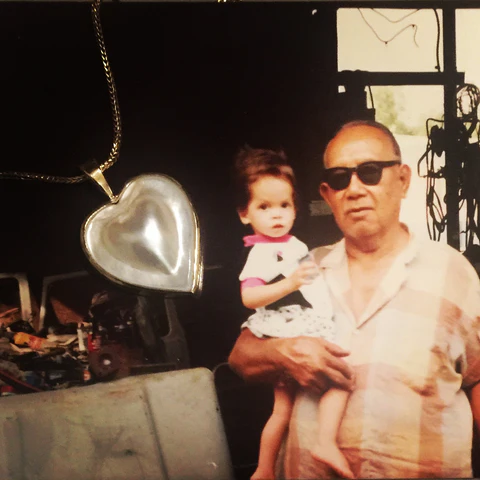
5/7 Allister Young, Forever Young Jewellery
Ageism is an obstacle faced by many late career jewellers, who seldom qualify for grants and opportunities aimed at emerging creatives, but include strict age requirements. Many who start out in the industry do so after having worked in other fields, and if supported, can breathe new life and experience into jewellery brands and businesses. Grants, awards and opportunities should not be reserved for young people starting out, but should reflect the diversity of age and experience in the industry.
In 2021, the Natural Diamond Council established a $20,000 grant awarded to BIPOC designers to help break down barriers to access. Perhaps it’s time that Australian organisations offer similar incentives and improve career marketing to support new talent in the industry. Allister Young agrees that the jewellery industry could improve by “promoting careers, especially in remote areas such as the Northern Territory.”
An issue affecting many starting out in the industry is a lack of connections and relationships with industry members. The jewellery industry is well-established and rooted in deep tradition and the ability to buy and sell is largely based on trust and relationships developed over time, often spanning generations. Nicolette Jones of sustainable packaging company, Give Packaging was able to use the brand’s fresh face in the industry to their advantage, and avoid the trap established jewellers may fall into, doing “the same old thing over and over again” without allowing room for growth. Jones suggests that change may have a positive impact on the industry moving forward.
How can we support diversity and inclusion?
As discussed in this month’s article Balancing a Diverse Workforce, businesses must be aware of barriers to inclusion and consider how best to accommodate diverse employees with different needs and backgrounds. Additionally, it is important to consider diversity through the lense of marketing, sustainability and ethical practices.
CIBJO’s Jewellery Industry Voices recently held a webinar titled A Question of Origin, examining the challenges of gemstone origin, addressing the issues of marketing, sustainability and traceability, suggesting that an “unfavourable finding in terms of the location’s geopolitical status” may decrease a stone’s marketability as consumers become more concerned with provenance in relation to sustainability and ethical practices. Jewellery businesses should be aware of the growing movement to address global issues of climate change, biodiversity loss, waste and pollution.
Metalsmith Magazine’s Adriane Dalton (SNAGS) echoes the importance of examining the context in which jewellery is produced and the growing emphasis on the traceability of materials, believing that genuine inclusivity starts from the ground up (literally). In response to the broadening understanding of diverse business practices, jewellery brand Cong Yu makes a point of sourcing traceable, ethical materials for their designs.

6/7 Cong Yu, Cong Yu Jewellery and Objects
“I believe sustainability and ethical consideration will be crucial for every business,” Yu says. She believes brands should think beyond ‘going green’ by considering the conditions under which materials are sourced.
Jones of Give Packaging advises brands looking to diversify their offerings to listen more to customers by asking them for their input on their brand decisions, explaining that if you are hesitant about offering new products, ask your customers on social media for advice. Jones advises that more jewellers ask and listen to their customers directly, noting that social media is a “very powerful tool [offering] great insight from a broad range of people [and is] crucial to survive in business today.” By engaging directly with customers, Jones says you can “shift your business behaviour and mindset to benefit your growth.”
As more and more people are drawn to the industry, it’s important that businesses reflect this shift. By creating campaigns that promote inclusivity and diversity, businesses owners are able to reach new customers and ensure that everyone feels welcome shopping at their store or visiting your website. Diverse marketing and campaigns also allow brands to tell stories, and connect with audiences on a deeper level, says both Young of Forever Young Jewellery and Cummings of Cleopatra’s Bling. Cleopatra’s Bling uses age diverse models in its campaigns, which Cummings explains is important to ensure customers feel represented. Cummings says her use of diverse models has been “received very well based on feedback,” and that it is “very important to exemplify that our brand does not discriminate.” She adds that Cleopatra’s Bling “is timeless and we don’t try to market ourselves as a “trend” jewellery brand. As a result, people of all backgrounds, genders and ages feel comfortable buying our creations.”
On a similar note, Young says his cultural heritage behind Forever Young has been received well by consumers, who are “genuinely interested in my work and my heritage.” He adds that many gemstones he uses “were found by [his] father in Central Australia where [he] grew up” which he feels adds an extra touch of uniqueness and gives customers a story behind their jewellery purchases.
Representation matters to the customers of Give Packaging, who are spread across 20 countries. Jones is proud of their strong relationships with customers worldwide, saying “it’s really important that Give Packaging is recognised as a welcoming and inclusive company to the many cultures that we sell to.” In response to increasing diversity in her customer base, Yu makes a conscious effort to continue learning “about key concepts like racism, oppression, privilege, bias, and microaggression” to ensure best practice for her business and the community. Cong Yu tries its best “not to segment [their]market based on a single demographic,” with Yu adding that “ethical considerations should not be limited to design, but all aspects of a business.”
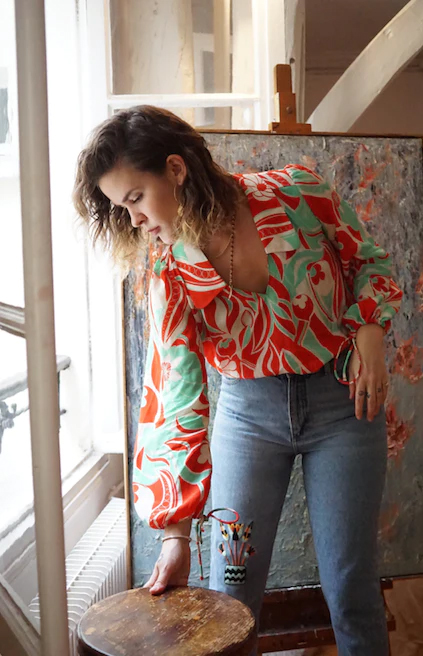
7/7 Olivia Cummings, Cleopatras Bling
When asked about how the industry could improve moving forward, the overall message has been simple: while issues of diversity improve, we still have a lot of work to do. Yu sees the industry changing, but says there is still a long way to go, noting a void of people in the industry who look like her. “There are structural barriers that exist which prevent many young talents from starting a career,” Yu says. Her current focus is to “change perceptions of the industry and broaden design boundaries.”
As Young suggested earlier, learning opportunities for a more diverse range of people to enter the industry and workforce would support improvements. He hopes to see jewellery offered longside carpentry, hairdressing, and plumbing for work experience. He would like to offer opportunities like this once he is fully established. While currently based between Melbourne, Paris and Istanbul, Cummings will be moving her Cleopatra’s Bling studio to Istanbul in January to offer opportunities to women within Turkey. She explains that the industry is male-dominated in Turkey, so she “hopes to find women wanting to work in the industry with whom she can give equal career opportunities to.”
For change to be implemented, we must work with the industry to improve diversity and inclusion. With obvious benefits, representation matters to our consumers and communities, no matter your location.
Read below for related stories: